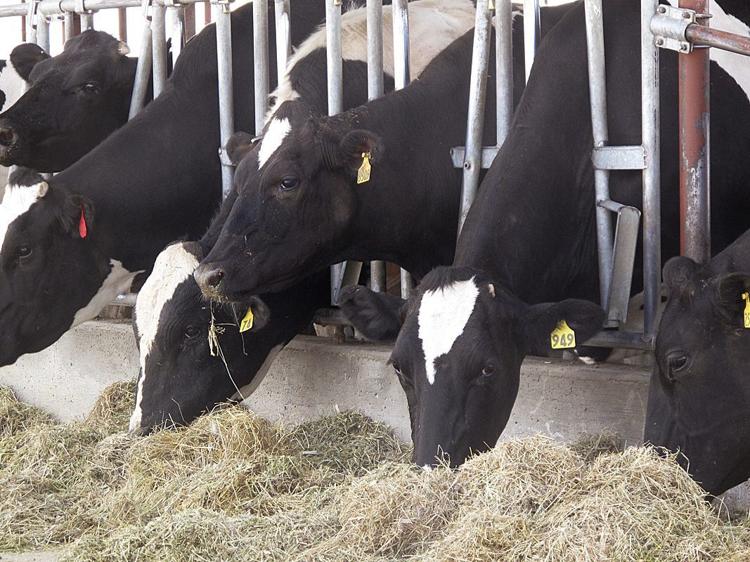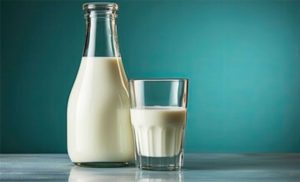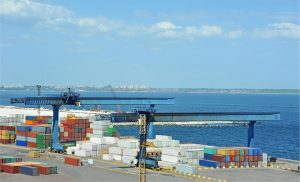But even as these challenges have whipsawed markets and led to a rollercoaster of responses, positive trends are emerging in dairy markets abroad – ones that deserve more attention now and in months ahead.
U.S. dairy’s continued evolution into an export powerhouse has quietly been reaching new milestones. In May, monthly export volumes were the highest in more than two years. Robust gains were driven by record sales of nonfat dry milk/skim milk power and rising cheese volumes. This occurred despite COVID-19 disruptions that have spurred lockdowns worldwide. Volumes reached a new record in Southeast Asia, U.S. dairy’s biggest regional market and a crucial one to dairy’s future.
Total export volume in May was 18 percent higher than in the same period a year ago. Total export value also improved, 8 percent over year-ago levels.
While trade’s torrid pace in May isn’t expected to be maintained, continued strength is expected when June export numbers begin to be announced on Aug. 5. For 2020 so far, dairy export volumes through May are up 10 percent and value has risen 12 percent. And most tellingly for dairy producers, trade is again becoming a bigger portion of overall demand for U.S. milk. Exports were equivalent to 17.4 percent of U.S. milk solids production in May, the highest rate since April 2018.
Nor was this success the result of perfect trade conditions, as evidenced by lower sales to Mexico, the largest U.S. dairy trade partner. Diversifying and increasing sales to many countries around the world underscore just how successful exporters were elsewhere while noting that important work continues to be needed to boost sales even more.
About that work. Dairy has the great fortune to have in its corner the U.S. Dairy Export Council, which provides a unique platform to unite the entire industry through our joint trade policy work. The latter work is in addition to USDEC’s work with foreign buyers and U.S. sellers to advance trade worldwide.
At NMPF, we’re proud of our work with Cooperatives Working Together, which assists in making U.S. products even more attractive abroad, patiently building the foundations for long-term industry success. We’re also active members of the Consortium for Common Food Names, which strives for a level playing field for U.S. cheeses who face discriminatory practices on food names that are continually encouraged by the European Union as it seeks its own trade agreements.
Work across the entire dairy sector comes into play as we pursue important policy priorities that seek to enhance opportunity for our hard-working producers. Some of our efforts include defending gains we’ve already made. Others seek new frontiers with opportunities oversees. Highlights of the current trade agenda include:
Getting the full benefit of the bargain struck on new market access and trade rules with Canada and Mexico under USMCA;
Working with the U.S. government to resolve impediments to trade in dairy markets around the world including in Mexico, South America, India, Indonesia, the Middle East, and more;
Co-sponsoring a virtual Townhall series designed to spur discussion on the importance of trade to America’s farmers and agricultural manufacturers (find out more here);
Pushing for strong dairy results in ongoing trade agreement negotiations with the UK, a major dairy importing country, and with Kenya, a country with high dairy consumption for its region and notable trade barriers to dairy that an FTA could knock down and;
Advocating for the launch of additional trade deals with key markets, such as concluding a comprehensive agreement with Japan and pursuing FTAs with Southeast Asian countries.
Dairy export markets also promise to be challenging for the rest of the year. China’s purchasing decisions will be pivotal; Latin American, in particular Mexican, response to coronavirus holds profound implications for those markets; and higher U.S. domestic cheese prices pose trade-competition challenges.
But at a time of incredible uncertainty and unprecedented demands for resilience across our industry, trade has helped steady dairy demand even as domestic markets have faced severe disruptions. That’s given the industry something to cheer about and build upon.
Even with the intense focus on dairy’s present, it’s important to remember dairy’s future, for which trade is key. Thanks to the efforts of U.S. dairy producers and processors, and those who represent them worldwide, that future is bright.













